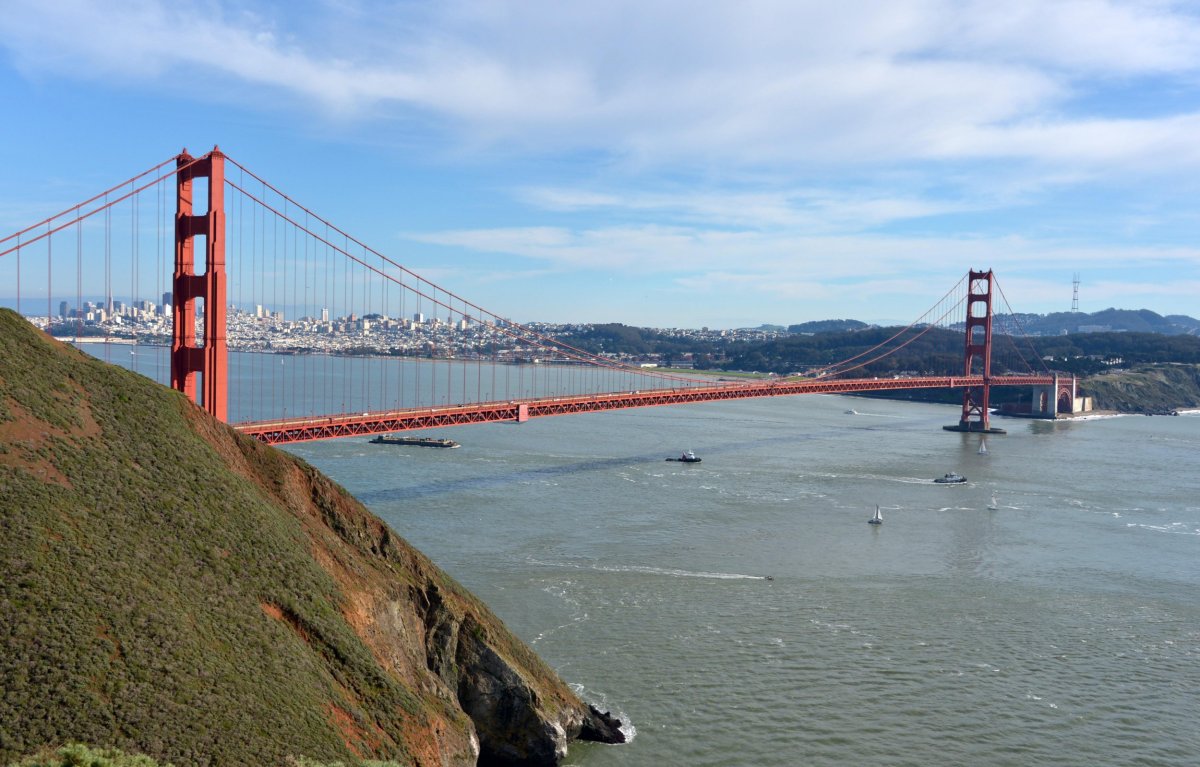Antibiotic-genes could be floating in the air in many cities, according to a new study.
Researchers from multiple universities across the world studied the number of antibiotic-resistant genes in the air. The research, published in Environmental Science and Technology on Wednesday, analyzed the air in 19 different cities.
In the United States, at least two million people become infected by antibiotic-resistant bacteria every year, according to the Centers for Disease Control and Prevention. As a result, 23,000 people die each year from those infections.
Bacteria can become resistant to antibiotics by coming in contact with other bacteria that have antibiotic-resistant genes, or by coming into contact with the genes themselves. According to Alliance for the Prudent Use of Antibiotics, there are multiple ways a bacteria can transfer the resistant genes to a different one. They can acquire them in conjugation, a mating process. A virus can also transfer the genes from one bacteria to another. The bacteria can also grab genes directly from their environment, such as if the gene is airborne. Bacteria are able to acquire multiple genes, which means they could resist multiple antibiotics.
The researchers on this new paper set out to find if the air in urban cities contains any of 30 genes that are resistant to seven common classes of antibiotics. The team found that all the cities studied, which were in the United States, China, Indonesia, Singapore, Australia, Poland, France, Denmark, Brazil, South Korea, and South Africa, had antibiotic-resistant genes in the air. A city in the United States contained the most.
San Francisco, California, had the most airborne genes overall, while Bandung, Indonesia, had the smallest number. Beijing had the largest variation of antibiotic-resistant genes, with 18 different types. This accounts for 60 percent of the total types of genes in their study.
In all 19 cities, the most common genes were resistant to beta-lactam antibiotics, which includes penicillin, and quinolones, which can be used to treat many bacterial infections like typhoid fever and urinary tract infections. The least common gene found was resistant to a last resort MRSA treatment called vancomycin.

If someone breathes in one of the genes, the gene could turn a bacteria that they might have inside them into an antibiotic-resistant one. If the person develops an infection, treatment might difficult, as antibiotic resistance can be hard to spot.
While many studies are done on pollution in the air, they rarely look for these harmful genes. The scientists call for a greater focus on improving air quality in urban areas and a focus on identifying if those genes are in the air.
Uncommon Knowledge
Newsweek is committed to challenging conventional wisdom and finding connections in the search for common ground.
Newsweek is committed to challenging conventional wisdom and finding connections in the search for common ground.
About the writer
To read how Newsweek uses AI as a newsroom tool, Click here.








